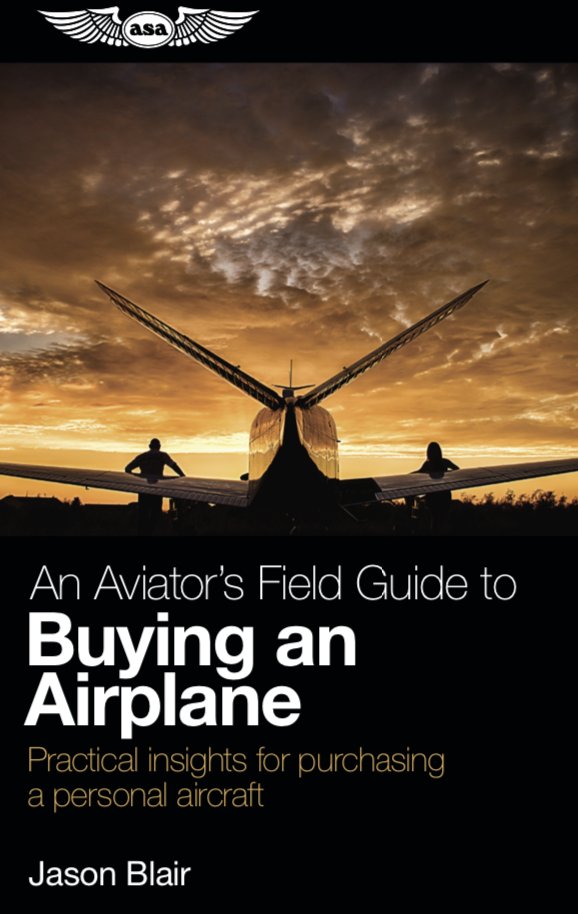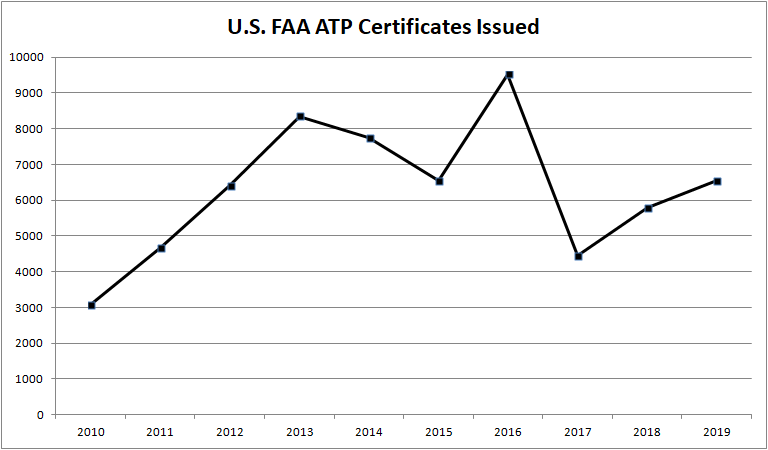I always recommend that buyers engage a non-interested party to conduct a pre-buy. Remember, the broker is looking out for the best interest of the seller, not the buyer.
This could mean bringing your mechanic with you when you look at a new plane, contracting another shop, or having the aircraft flown to a third party. Some aircraft have manufacturer supported service centers than can be utilized that might even be more familiar with the aircraft and provide a better inspection based on their knowledge of the specific make and model. In the past year I have worked with buyers of both Cirrus and Beechcraft aircraft and had them fly potential aircraft hours away from where they were located to quality service centers to get the best inspections. In both cases, the process resulted in purchases, but also in finding items of concern that the buyers with whom I was working were able to negotiate reductions in the sale price and address prior to their taking ownership of the aircraft.
A thing to keep in mind is that mechanics can be fiercely territorial and every mechanic I have ever met has been better than any other mechanic I have ever met. How do I know this? They have told me so.
Every mechanic is probably going to find something “that the last mechanic” did wrong. Take this with a grain of salt. We all like to think we are the best pilots or mechanics out there. To some degree it is professional pride. A good mechanic will tell you if they are not the right one for the job.
Do a little homework on a mechanic or shop you are going to use to do a pre-buy inspection. Know their strengths and weaknesses. If they are honest with you, that is a very good first step. Don’t pick the shop across the field that the last mechanic hates. As small as the aviation community is, remember that there may be personal histories between mechanics or shops in the area that could influence the outcome of a pre-buy inspection. Make sure you are getting a good inspection, not a biased one. To remedy this, I many times find someone from a little ways away or bring someone in to do the inspection. It may mean paying a little to move the aircraft or paying a mechanic to travel to the aircraft and renting some hangar space for a day. But it will always be better than having personal politics affect the decision about the quality of the aircraft you are considering.
Want to learn more from practical experience
about buying your first, next, or additional aircraft?
Check out the new book from ASA, by me, Jason Blair,
An Aviators Guide to Buying an Aircraft by clicking
the book cover to the right or by clicking here.




